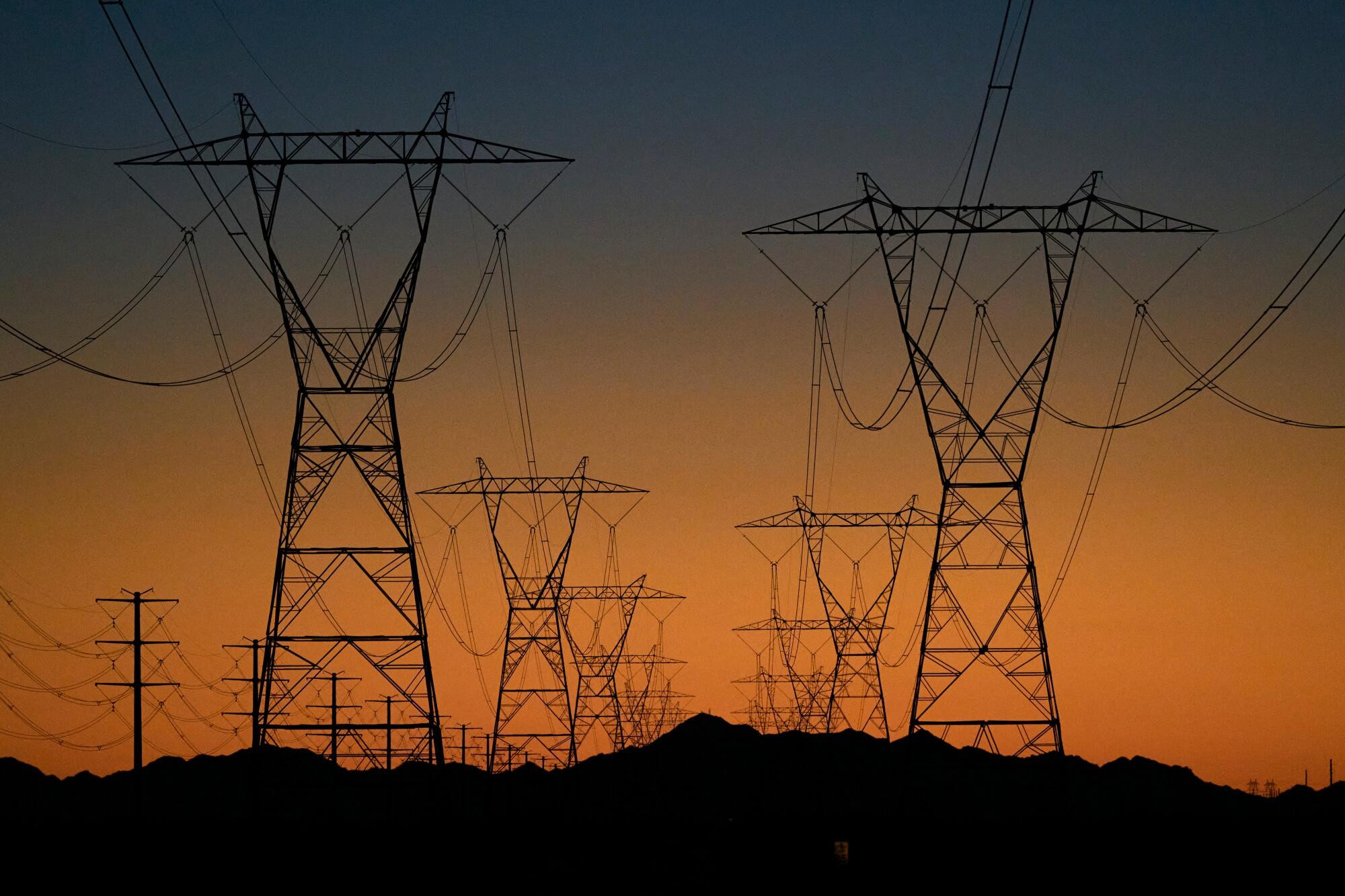Agriculture
11 April, 2024
Time has arrived to canvas new options
LOCAL PERSPECTIVE By CHRIS EARL THIRTEEN months have passed since the dramatic change of route was announced for what has become a highly controversial VNI West renewable energy transmission line project. Proponents have made tweaks of a sort to...

LOCAL PERSPECTIVE
By CHRIS EARL
THIRTEEN months have passed since the dramatic change of route was announced for what has become a highly controversial VNI West renewable energy transmission line project.
Proponents have made tweaks of a sort to early plans that will string the lines between Stawell and Kerang.
Australian Energy Market Operator, a majority “controlled” government entity with most seats at the table determined by the Federal and State Governments, has copped the brunt of criticism from landholders and communities along and near the proposed route.
When it comes to early consultation, there has been almost universal acknowledgment that it was appalling. Later efforts have been dogged by a combination of poor, late or what in some quarters has been labelled tokenistic efforts. What continues to rile is that engagement listens but may not hear.
Last week in Boort, a group from the western end of the route brought its roadshow to town. The Wallaloo and Gre Gre Alliance assembled speakers who outlined their concerns, frustrations, annoyances and at times sheer anger at the tactics they claim are part of the steamrolling approach through agricultural land to make VNI West happen and to heck with other plans, alternatives and consequences on livelihoods.
The narrative, tinged with the more dogmatic approach of people opposed to the Western Renewables Link on the other side of the Great Dividing Range, contained nothing new for people in northern parts of the Loddon Shire. We had heard it all before and from our own local people.
For these past 13 months, the plans and the counterplans, arguments for and against, have been well covered in the Loddon Herald. Barely a week has gone by in this time without a story or two on VNI West.
Emotive opposition had its place early on when, without warning, AEMO changed its preferred route, ditching Bendigo to Kerang plans for Stawell to Kerang. The real reason for change, it has been claimed, may have been more political than anything.
All along, it has been AEMO and its project entity Transmission Company Victoria that has copped the flak. They have sometimes made themselves easy targets with missteps and giving free kicks to opponents.
But for any opposition to be truly effective, an alternative vision must be articulated. Nuclear and even hydrogen energy options have been put out there yet still need to be better explained and planned in delivery by VNI West and WRL critics. Unless they become more strategic, it will be easy for the Government in Victoria primarily, and in an overarching sense the Feds, to simply,ignore the voices.
And this leads me to consider how “well” the State Government has avoided engagement with local communities - 13 months and not a single on-the-ground effort to sit down with Loddon residents and talk about VNI West. Why? Surely this is not an example of contempt for country voters from a government, like all governments, that promises to govern for all Victorians?
The State Government, and remember the Premier Jacinta Allan is the local MP for part of the Loddon Shire, has been far from fullsome in explaining what role Loddon communities have in its grand design for renewable energy.
There are multiple solar farms approved in the southern end of the Loddon Shire including Derby and Campbells Forest, energy producing paddocks that were to have been built and connected to the grid. Still no movement on the ground. Loddon Shire is within a renewable energy zone. Without the full picture being painted that shows what goes where, how it connects, how can local people have any idea of the impacts - good and bad - on land and communities. The landscape of renewable energy is a canvas looking as patchy as predicted electricity supplies in the future after the rapid demise of coal-fired power stations.
On one point, the roadshow that arrived in Boort last week is right. Nuclear and hydrogren can be part of the energy future. Governments at the moment appear fixated with a single replacement to energy creation. Do they have the will to be truly visionary with nuclear and hydrogen. A large degree of valour will be required.